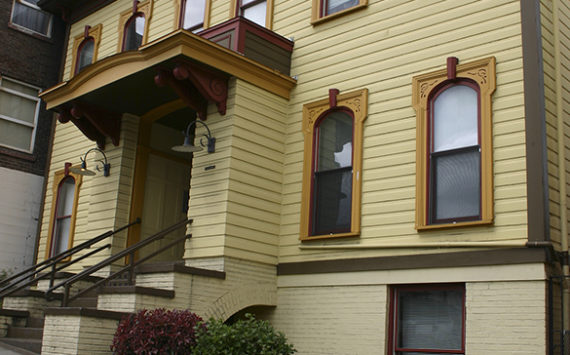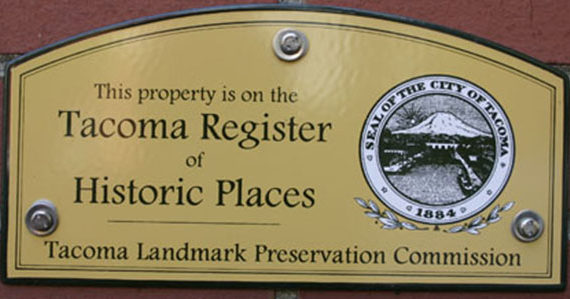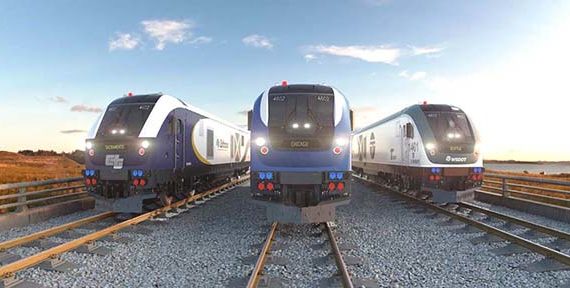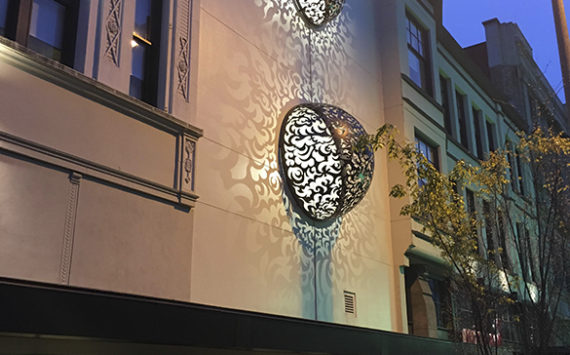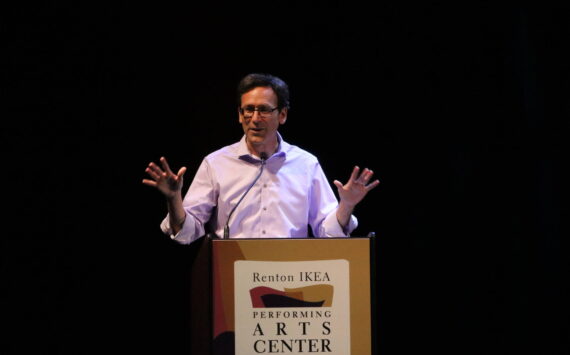Tacoma City Council received an update this week on a regional plan to keep transportation infrastructure apace with booming population estimates.
The plan, called Vision 2040, is being led by the Puget Sound Regional Council (PSRC). The organization has spent the past two years developing the plan, which aims to respond to growth forecasts and freight travel demand, make progress on major transportation issues, and create a sustainable financial strategy.
“In the Puget Sound region, population and employment have grown faster than the national average,” said PSRC Program Manager Robin Mayhew, who gave a presentation during council’s noon study session. “We need to continue thinking about how to move people.”
She also added that inflation and construction costs are leading to a problem with the existing state funding formulas. Transportation funding totaled $3.4 billion in 2005: 23 percent federal; 23 percent state; 44 percent local; and 8 percent fare box. However, Mayhew noted funding models “are not keeping pace with the amount of expenditures. It does start to show that we are starting to trend down in terms of amount available versus the amount that is called for in the appropriation of funds.”
To that end, PSRC is currently considering six alternatives that will direct transportation initiatives over the next 30 years. The alternatives include:
Baseline Alternative: Build Funded Projects — This plan would build state highway projects funded under the Nickel gas tax and Transportation Partnership Account (TPA) programs, plus Sound Transit’s Phase II plan, which was approved by voters in November 2008.
Alternative 1: Make the Most of the Existing System — This plan would stress efficiency by investing more in programs to manage demand and in technology to monitor roadways by moving people and goods on existing systems and adding more travel choices during peak hours.
Alternative 2: Invest in Capital Improvements — This plan adds significant highway and transit capacity, and has the highest need to generate additional revenue to supplement traditional funding sources through tolling and “HOT” lanes to serve as a source of revenue and a tool to manage congestion.
Alternative 3: Fund Expansion and Efficiency of the Core Network — This plan would generate sufficient revenue from highway tolls for both efficiency programs and expansion projects. Toll revenues would be focused on highway improvements.
Alternative 4: Improve and Manage the Entire Transportation System — This plan combines traditional and new tolling revenues to emphasize overall system management and coordination to manage congestion, supplement traditional funding resources, finance system and demand management programs and projects, invest in transit, and make arterial improvements.
Alternative 5: Provide Accessibility and Reduce Carbon Emissions — This plan focuses on reducing dependence on fossil fuels and fuel-based revenues and enhancing a system with more transit, bike and pedestrian facilities, and reducing carbon dioxide emissions. It would also replace traditional funding sources with tolls or other user fees on the entire roadway system including freeways and arterials.
A final recommendation and approval adopting one of the alternatives is expected to be made in 2010. For a copy of the presentation from Tuesday’s meeting, visit http://www.cms.cityoftacoma.org/cityclerk/Files/CouncilCommittees/Handouts/2009/SSHandouts/SS20090505handouts.pdf . For more information about PSRC, visit http://www.psrc.org .
